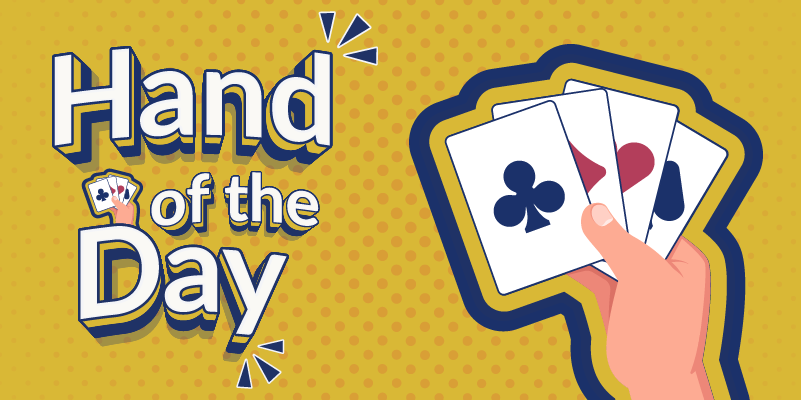
Hand of the day #552
You can now play the hand of the day on BBO+ and compare how you get on with the...

This quiz was written by Oren Lidor.
Oren Lidor is considered one of the best bridge teachers in Israel, is the author of 5 bridge books, and teaches bridge to people from all over the world on BBO.




Thank you. Very clear explanations.
This line of thinking is what separates the A players from the others.
great way of thinking - opened many possiblities
Interesting as always. More school needed!:)
Where are the answers
hi
iam not happy with problem 1:
the 4-4 fit is much better if you have many points, but in small contracts hlike here i prefer ths 5-3 fit: keeping control if second suit is 4-1-no ruffs in the worse suit.
Please include info on how and where to see answers
Very hard! Really makes you think! I failed it but very good responses.
After you submit your answers you see them
After submittting your answers you see them
On hand 4 with 10C lead istill have time to change direction afer taking the 2nd H trick.
Just a chance that the 10C will run
not true-if your sec stop in H has gone you dont have time to develop a third dia trick
Thank you for explaining the logic & thought process. Excellent quiz & teaching notes !
Well thought out, clearly explained.
No hand appears for Quiz items #1 and #2. Hard to pick a bid when no hand appears.
Very helpful, clear explanations. Hope to see more
Pretty darned clever stuff. Failed miserably but very instructive explanations of correct answers.
A very pleasant 15mins - hard enough that I fail, but simple enough that I immediately see why from the answer. Thanks!